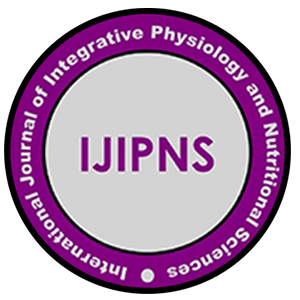The future of communication networks depends on innovative concepts of transforming circuit-based public switches to packet-based networks through internet protocols (IP). The next-generation network re-structures present communication method and its possible availability to the internet through convergence network technologies which shift from IP-based broadband network to fixed-mobile three-screen convergence mobile systems such as mobile devices, televisions, and computers.
The convergence networks are relatively utilized in diverse disciplines like the service industry, science, medicine, business, and manufacturing industries. The public switch telecommunication network does make available networks accessible to households & buildings while the use of IP supports HDTV, mobile TV, 3G, and Multi-media subsystems (IMS). In medical science, networks can heterogeneously be embedded to accurately predict disease, leading to the recent revolution of genomics, metagenomics, and nutrigenomics, etc. The next-generation medical network deals with multiple data generated analysis, interrelated to biological networks for determining genetic mutations, diseases, and miRNAs, etc. Biological networks can be linked through low-dimensional space vector mappings, in turn, to show the relationship between entities and DisGenet database.
The DisGenet database is a network embedding tool that collects gene catalogs and variants of human disease sampling from different curated repositories, integrates it to disclose its biological entities and possible cure. Other biological networking tools include MISIM and Human reference Protein Database (HPRD). Different methods are viably deployed to simulate network nodes with NODEZVEC textual recurrent neural encoder which helps to evaluate two derived UML networks and performs an experiment that demonstrates node and edge classifications. This report will study network embeddings mapping methods, node embedded approaches, experiments datasets, predictions, and implementation in science and biological networking biological data network construction using datasets to describe genetic proteins, MIRNA similarities, disease phenotypes, its path selection sampling, and disease prediction. Making use of graph embedding biomedical network approach; the report will evaluate network applications, both traditional and modern matrix factorizing techniques that demonstrate random & neural network-based models.
Keywords Next Generation Bio-Network, Biological Next Generation Convergence Network, Embedding Network-Disease Prediction, Next Generation Bio-Informatics, Bio-Medical Networks.


